How High To Tee Your Ball In The Wind
These tips from PGA pro Barney Puttick will help you control the ball in the wind this winter
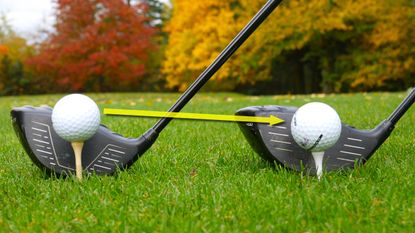
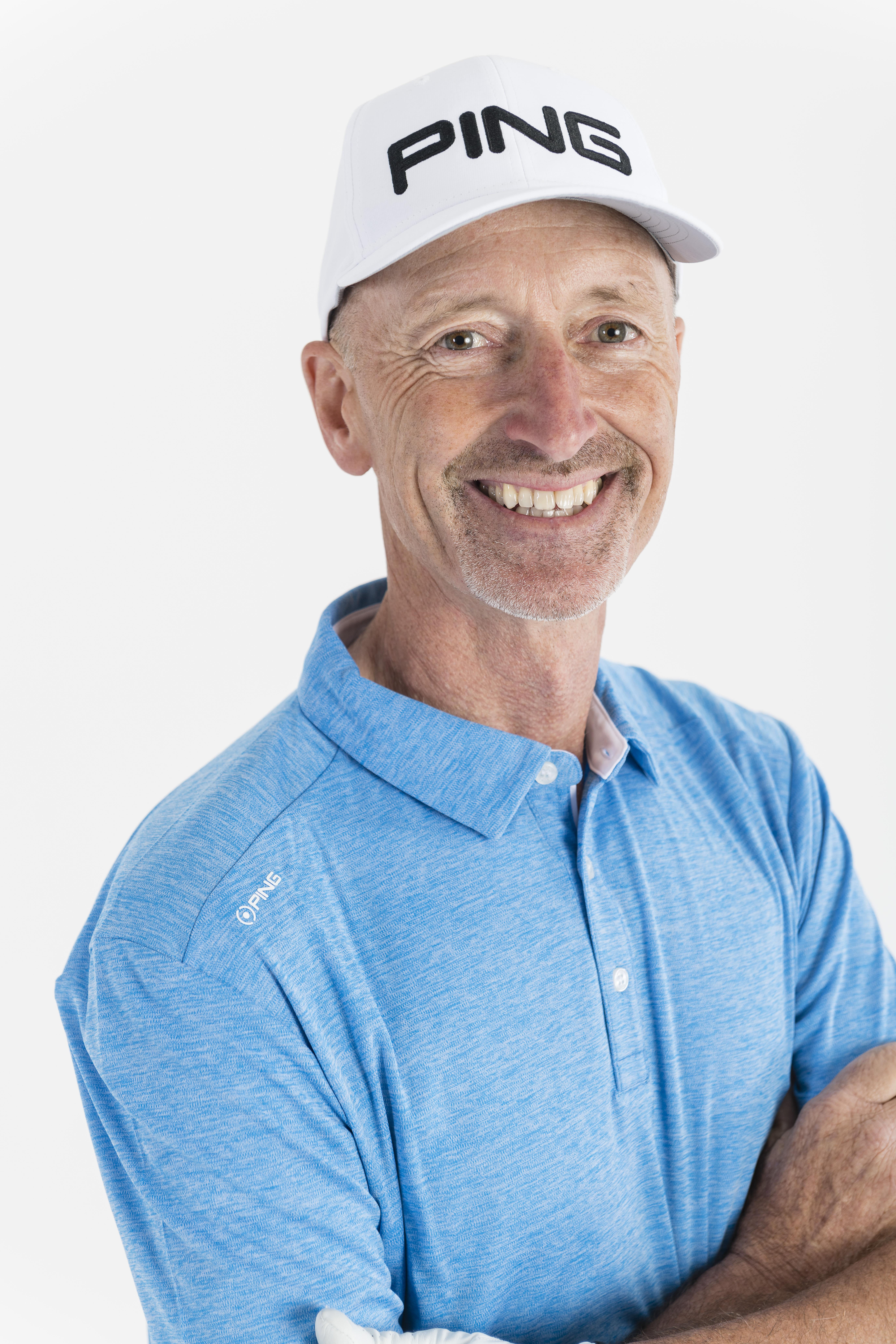
As we head into another winter, golfers can expect to be greeted with the usual assortment of rain and howling wind. Even with the best drivers on the market, such conditions can make it difficult to maintain the same sort of accuracy you might be used to if you don't make some adjustments. So, in the video and article below, Ping ambassador Barney Puttick discusses how changing your tee height in the wind can help.
At this time of year, the wind tends to increase and with that, I get a lot of people asking questions on how high to tee up your driver in order to lower the ball flight. Here is what I tell them.
Change your set-up
When hitting a normal drive, conventional wisdom dictates that around half the ball should be visible over the crown of the clubhead. In addition, the ball should be well forward in your stance, in line with your lead heel or even beyond in some cases. From there, most coaches will insist your spine is titled away from the target to help achieve the high launch, low spin combination that optimises launch angle for maximum distance.
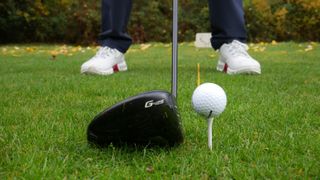
However, into a strong winter wind, the higher the ball goes, the more it’ll be affected, so it helps to know how to make set-up adjustments in order to control the flight better.
First, lowering the height of the tee can make a huge difference. Once you've done that, moving the ball position back ever so slightly and narrowing your stance will promote the lower launch you crave as it will reduce the tilt of your spine, meaning you're less likely to hit it on the up.
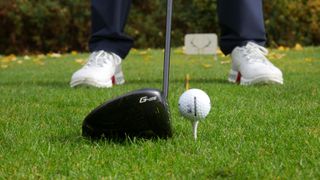
Before you put this technique into play, make sure you spend some time at the range to get a feel for the movement and build up some trust that it isn't going to let you down under pressure. After that, you should notice you're able to hit your driver with a much flatter trajectory. However, if you’re still struggling, a low spin driver like the Ping G425 LST will also help bring your flight down and into the window you’re looking for.
No tee method
If you want to try something a little unconventional to control your driver, give this method made famous by Dame Laura Davies a go. Take a sand wedge or similar and make a little turf tee for your ball. This reduces friction at impact and therefore spin to bring the flight down and promote plenty of roll-out when the weather allows.
Get the Golf Monthly Newsletter
Subscribe to the Golf Monthly newsletter to stay up to date with all the latest tour news, equipment news, reviews, head-to-heads and buyer’s guides from our team of experienced experts.

However, as above, it's definitely worth heading to the practice ground first to try this one out as it could end in disaster if you debut it on the course without prior experience.

Location: Mid Herts Golf Club
Barney turned professional in 1979 and gained the Assistant Professional position at Dyrham Park Golf Club. He played full time before becoming Head Professional at Ramsey Golf Club in 1987. He can now be found teaching at Mid Herts Golf Club. Barney's favourite golfing memory is tying Greg Norman for third place in a 36-hole tournament in Cannes.
Teaching philosophy:
My goal with every student is to work with the player and what they possess rather than impose a prescriptive style for everyone. The key, for me, is improving players' fundamentals and their impact factors, and setting of that all important chain of events of one good move leading to another.
Typical lesson:
Technology makes it possible for everyone to see their swing and get their numbers. My job is to unravel them and give the player a positive set of ideas to take away after the session. Using swing drills and drawing sporting comparisons to the swing - for example, throwing a ball - the player can improve quite quickly once they put these into practice.
Significant influences:
I was fortunate to spend my formative years working for Ian Connelly, Nick Faldo's early mentor. He instilled in me the love of the art form that is coaching, and I still use some of his ideas to this day. Latterly, I enjoyed Bobby Clampett's ideas on the swing, as he was a phenomenal player with a quirky action. His ideas on impact have aligned to my teaching. I have also been blessed to spend time with Mike Bender, Zach Johnson's long time coach.
-
 King Charles III Becomes Patron Of The Royal & Ancient Golf Club Of St Andrews
King Charles III Becomes Patron Of The Royal & Ancient Golf Club Of St AndrewsThe monarch has followed his late mother, Queen Elizabeth II, in accepting patronage of the Club
By Mike Hall Published
-
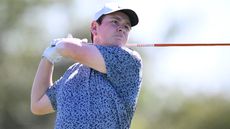 ‘It Does Become A Lonely Place’ – MacIntyre On Stark Difference Between PGA Tour And Europe
‘It Does Become A Lonely Place’ – MacIntyre On Stark Difference Between PGA Tour And EuropeThe Scot admits settling into life on the PGA Tour has been tough in recent months
By Mike Hall Published
-
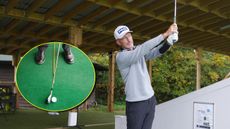 How To Hit A Stinger
How To Hit A StingerKnowing how to hit a stinger will come in very handy in certain conditions. Top 50 coach Barney Puttick explains the technique required
By Barney Puttick Last updated
-
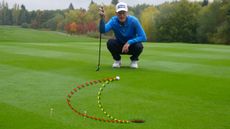 How To Putt On Winter Greens
How To Putt On Winter GreensPing ambassador Barney Puttick shares some top tips that will help you putt better this winter
By Barney Puttick Last updated
-
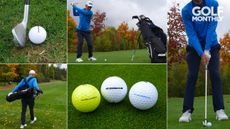 5 Top Tips For Playing Golf In Cold Weather
5 Top Tips For Playing Golf In Cold WeatherIn this video, PGA pro Barney Puttick runs through five winter essentials to help you play your best
By Barney Puttick Last updated
-
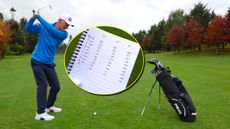 What Are Your Cold Weather Yardages?
What Are Your Cold Weather Yardages?In this video, Ping ambassador Barney Puttick explains how to work out your cold weather yardages
By Barney Puttick Last updated
-
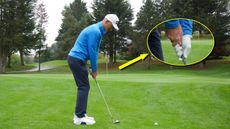 Wet Lie Chipping Method Explained
Wet Lie Chipping Method ExplainedIn this video, Ping ambassador Barney Puttick offers some simple tips on how to chip from wet lies this winter
By Barney Puttick Last updated